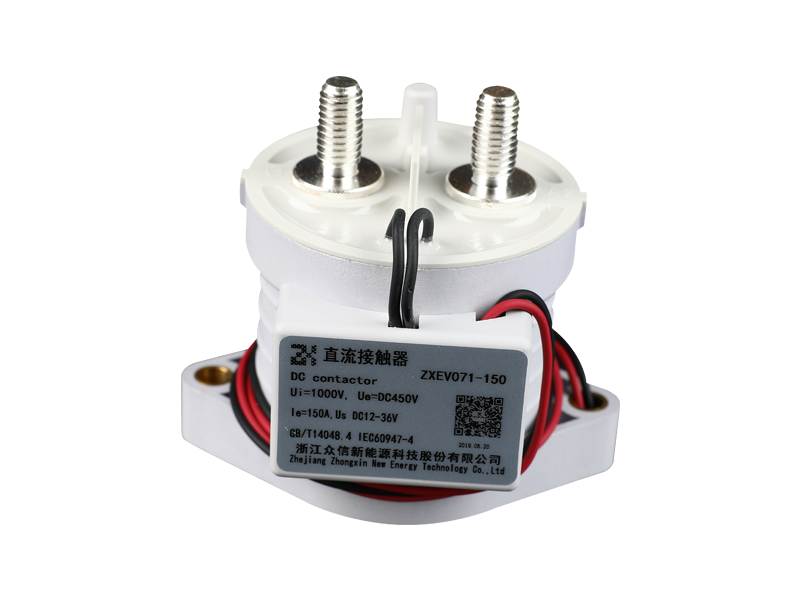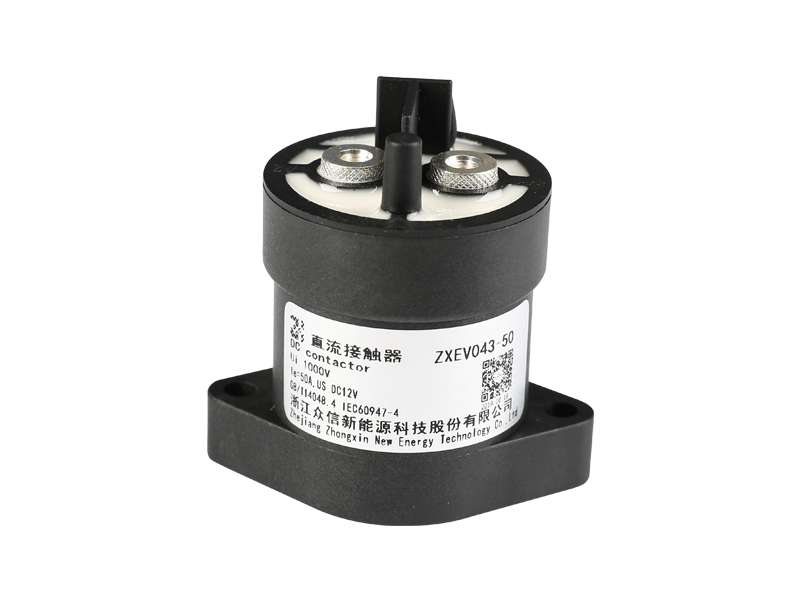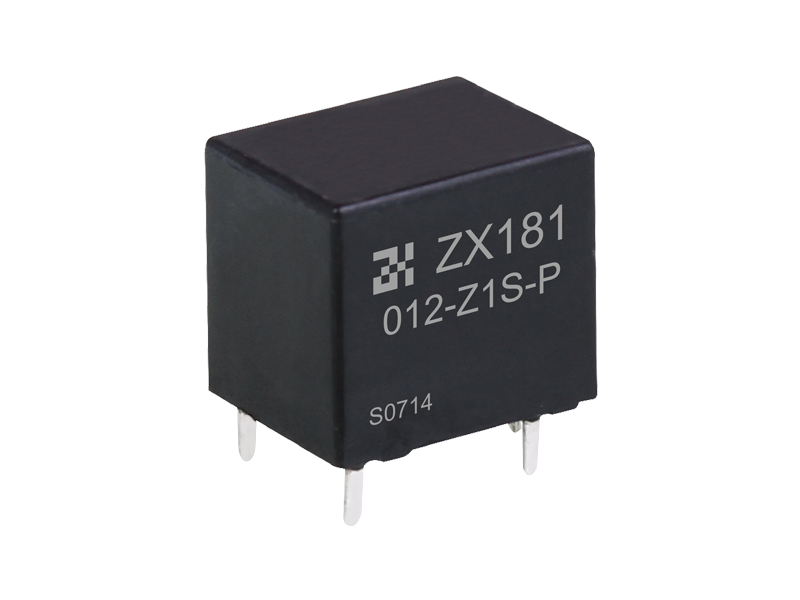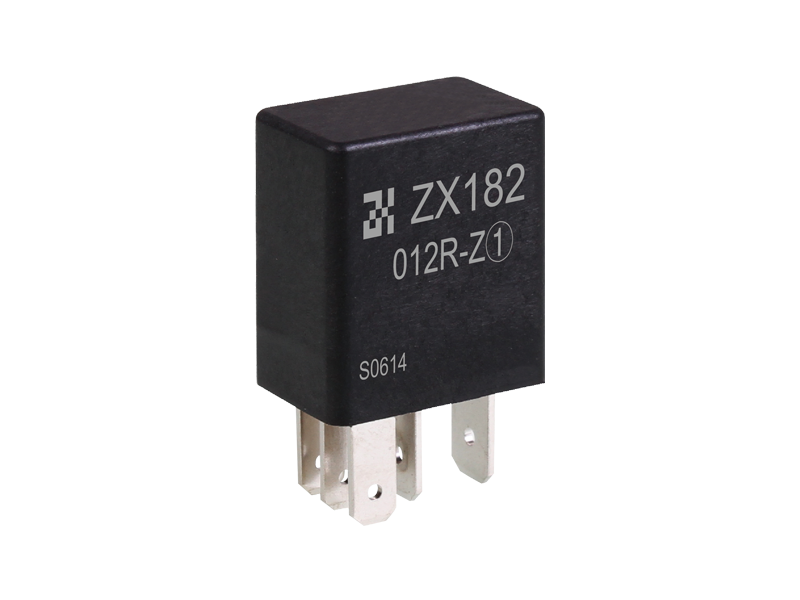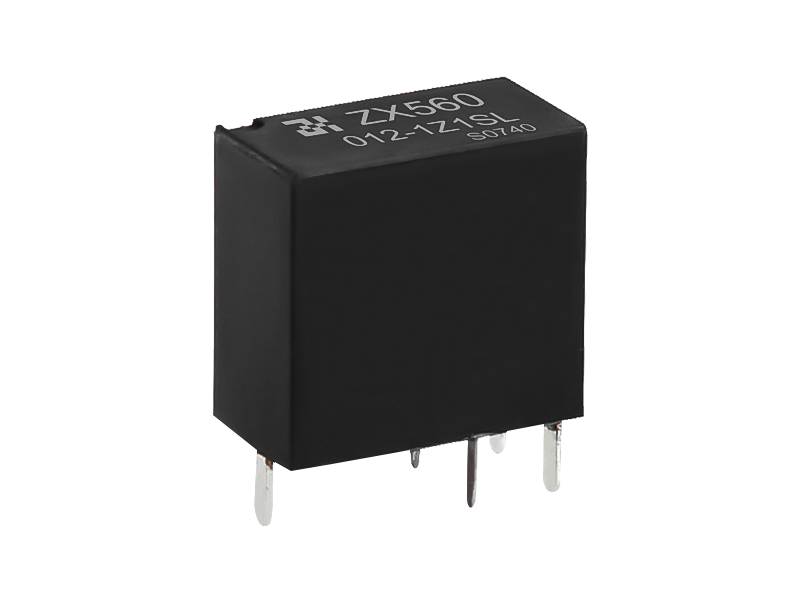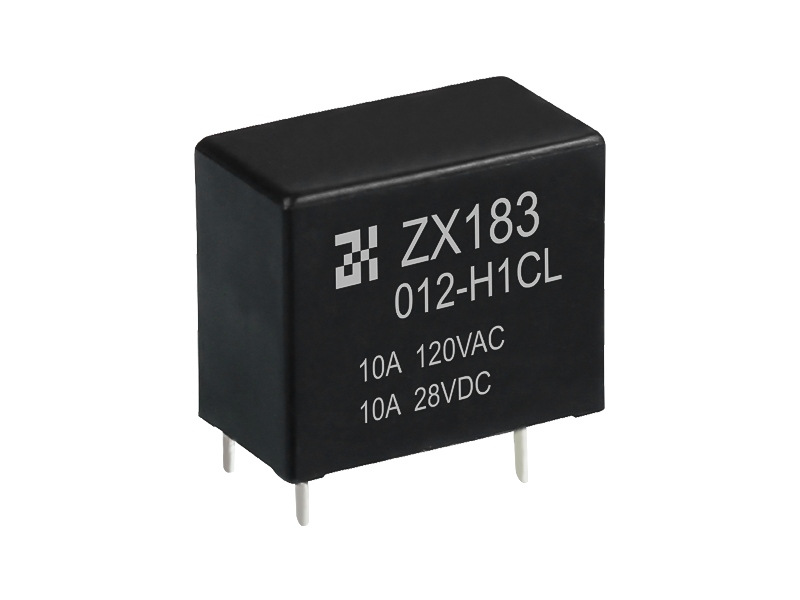Automotive relays are used in automotive systems for various important purposes due to their ability to control high-current electrical circuits with low-current signals. Here are some reasons why automotive relays are used:
High Current Control: Many components in an automotive system, such as headlights, cooling fans, fuel pumps, and starter motors, require a significant amount of current to operate. Relays act as switches that can handle this high current without exposing the control circuitry (like switches or sensors) to the same level of current.
Voltage Isolation: Relays provide electrical isolation between the control circuit and the high-current load circuit. This prevents any potential damage or interference that could occur if the control circuit and the load circuit were directly connected.
Low Power Triggering: Automotive relays can be activated using low-power signals, such as those generated by switches, sensors, or microcontrollers. This allows for safer and more efficient control of high-power devices without the need for high-current control signals.
Protection: Relays can offer a level of protection for sensitive electronic components by acting as a barrier between them and the potentially noisy or high-voltage circuits they control.
Remote Switching: Relays can be located closer to the loads they control, allowing for more efficient wiring and minimizing voltage drops across long wires.
Versatility: Automotive relays come in various types and configurations, such as normally open (NO) and normally closed (NC) contacts, single-throw and double-throw configurations, and different current and voltage ratings. This versatility allows them to be used for a wide range of applications within the vehicle.
Reliability:
Automotive relays are designed to be robust and reliable, capable of withstanding the harsh conditions typically found in automotive environments, including temperature fluctuations, vibrations, and exposure to moisture.
Cost-Effectiveness: Relays offer a cost-effective solution for controlling high-current devices compared to designing custom electronic circuits that can handle high current loads.
Ease of Replacement: In case of a relay failure, they can be relatively easy to replace without requiring extensive rewiring or complex troubleshooting.
Centralized Control: Relays can be used to create centralized control systems, allowing multiple devices or systems to be controlled by a single signal. This can simplify the vehicle's wiring and control architecture.
In summary, automotive relays play a crucial role in enabling the safe and efficient operation of various electrical components within vehicles. They provide a way to control high-current devices using low-power signals, ensuring reliability, protection, and ease of maintenance.

